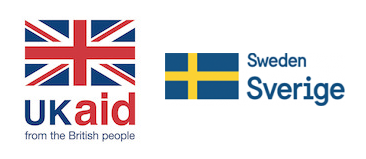The affordability of internet-enabled handsets is a major barrier to mobile ownership and internet use in low- and middle-income countries (LMICs). Handset subsidies are one way for governments to provide direct support to increase handset ownership, particularly among targeted user groups. In Sub-Saharan Africa, many Universal Service Funds already have device programmes in place, and subsidy programmes have been implemented in Dominican Republic, Malaysia and Rwanda for example.
To support governments with structuring effective handset subsidy programmes, the GSMA’s Connected Society programme has created a Handset Subsidy Toolkit for Governments, which provides a framework with key questions and considerations. The toolkit does not aim to provide the answers as to how to structure a subsidy programme. Rather, it aims to provide guidance on key questions to consider.
Figure 1: Handset Subsidy Toolkit Framework

The toolkit is divided into five sections to guide policymakers through the process of structuring a handset subsidy programme (see Figure 1). Within each section, there are a series of questions intended to prompt thinking around the various considerations necessary to ensure an effective and robust programme. For example, under the section ‘Beneficiaries’, the following questions are included:
- What are the target population and eligibility criteria for the programme?
- How are beneficiaries made aware of the subsidy programme and its benefits?
- How do beneficiaries apply for subsidies?
- How are beneficiaries supported to benefit from the programme?
Under each question is a list of categories to consider for answering them. These lists are not exhaustive and there is no right or wrong answer. Rather, the lists are to provide policymakers with various potential factors that may drive the development and implementation of a subsidy programme.
Subsidy programmes are not always the solution to increasing handset ownership and should be considered as part of a wider range of policy measures to improve handset affordability, such as an enabling tax regime that does not place sector-specific taxes on the sale of handsets or data1. Moreover, subsidy programmes should be accompanied by measures to address other barriers to mobile internet use than handset affordability, for example effective digital skills strategies and policies that will allow for relevant content and services to thrive. This toolkit should therefore be seen as one element that helps contribute to wider efforts of addressing the affordability barrier and expanding digital inclusion for all.
If you would like to more information regarding the toolkit, please contact the GSMA’s Connected Society team: [email protected]

The Connected Society programme is funded by the UK Foreign, Commonwealth & Development Office (FCDO) and the Swedish International Development Cooperation Agency (SIDA), and is supported by the GSMA and its members.


